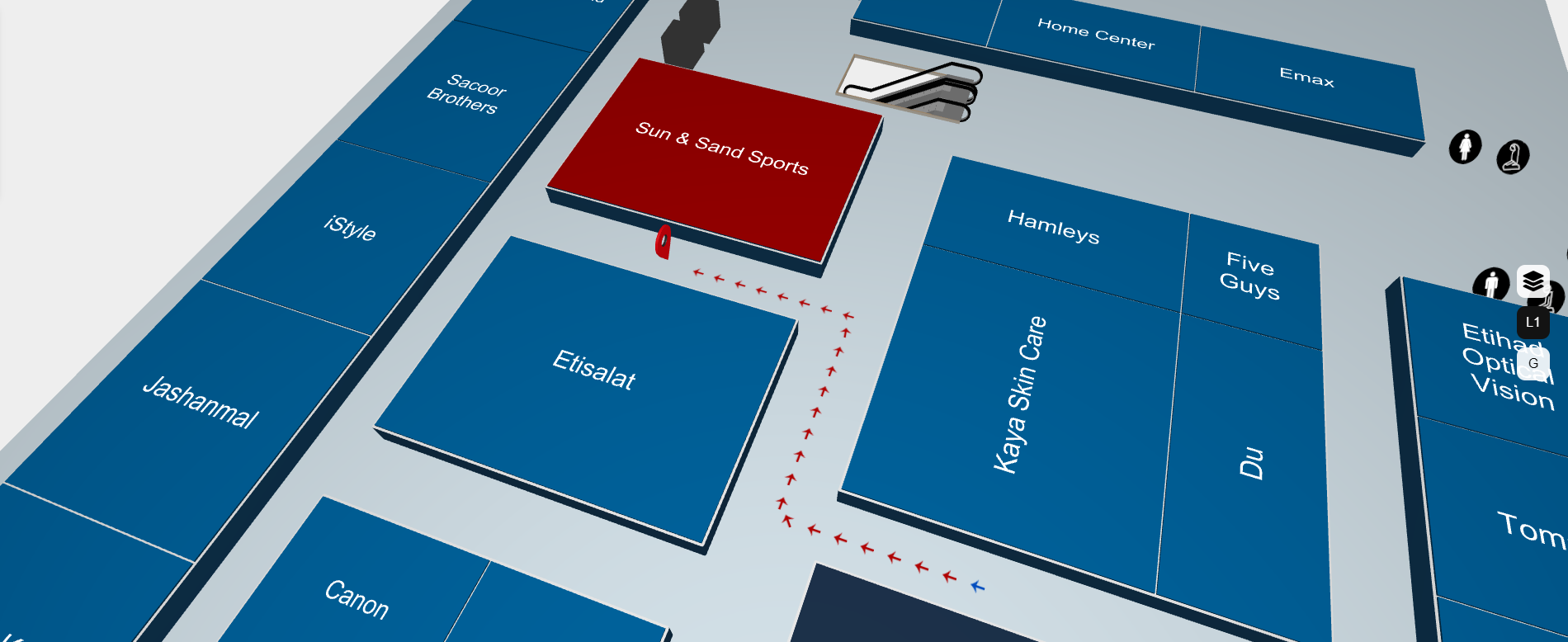Global Positioning System (GPS) technology has become an integral part of our daily lives, providing accurate navigation and positioning in outdoor environments. However, when it comes to indoor positioning, GPS falls short. The limitations of GPS in closed spaces create significant challenges for indoor navigation and mapping. In this blog, we will explore the challenges of indoor positioning and why alternative solutions are necessary.
Why GPS Fails Indoors
GPS relies on signals from satellites orbiting the Earth to determine precise locations. While this works well in open outdoor spaces, several factors hinder GPS effectiveness indoors:
Signal Obstruction: Buildings, walls, and other structures obstruct satellite signals, leading to weak or lost connections.
Signal Multipath: Indoor environments cause GPS signals to bounce off surfaces, creating multiple signal paths that confuse the receiver.
Signal Degradation: Materials used in construction, such as concrete and metal, degrade GPS signals, reducing their accuracy.
The Need for Alternative Indoor Positioning Solutions
Given the limitations of GPS in indoor environments, alternative technologies are essential for effective indoor positioning. Here are some of the most promising solutions:
Wi-Fi Positioning Systems (WPS): Utilizing existing Wi-Fi infrastructure, WPS can provide accurate indoor positioning by measuring the signal strength from multiple access points.
Bluetooth Low Energy (BLE) Beacons: BLE beacons transmit signals to nearby devices, allowing for precise location tracking within indoor spaces.
Ultra-Wideband (UWB): UWB technology offers high-accuracy indoor positioning by transmitting short pulses across a wide frequency spectrum.
Magnetic Field Mapping: Indoor environments have unique magnetic signatures that can be mapped and used for positioning.
Challenges in Implementing Indoor Positioning Systems
Despite the availability of alternative technologies, implementing indoor positioning systems comes with its own set of challenges:
Infrastructure Requirements: Technologies like Wi-Fi and BLE beacons require a robust infrastructure, which can be costly and complex to install and maintain.
Accuracy and Precision: Achieving high accuracy and precision in indoor environments is challenging due to signal interference and environmental factors.
User Privacy: Indoor positioning systems often require access to user data, raising privacy and security concerns.
Conclusion
The challenges of indoor positioning highlight the limitations of relying solely on GPS technology within closed spaces. As the demand for indoor navigation continues to grow, it is essential to explore and implement alternative solutions that offer accurate and reliable positioning. While these technologies come with their own set of challenges, ongoing advancements and innovations are paving the way for more effective indoor positioning systems.


